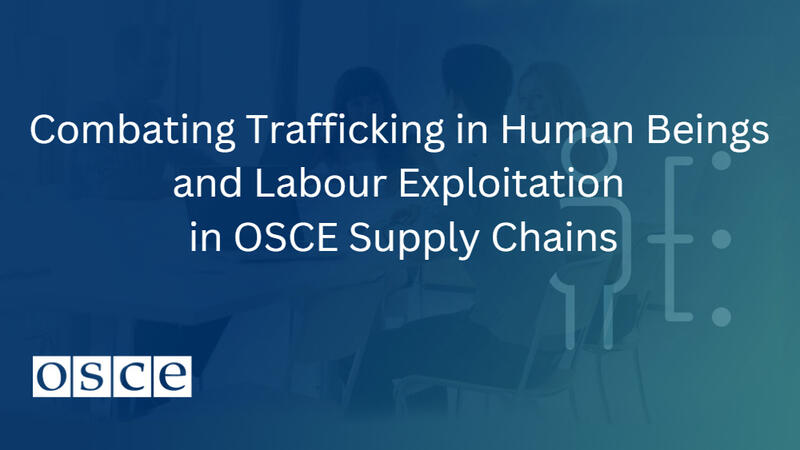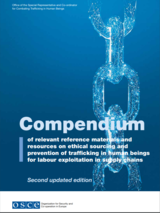
Human trafficking in supply chains

Global supply chains often involve complex networks of labour and production. This creates a risk that goods and services may be linked to trafficking and labour exploitation. Tackling these risks makes trafficking less profitable and helps protect vulnerable workers.
Quick links
Breaking the business of trafficking
Human trafficking can hide in the products we buy every day, from clothes and electronics to food and construction materials. Complex global supply chains and demand for cheap goods and services fuel this exploitation, which is one of the most prevalent forms of human trafficking. Detecting and removing this risk can make labour trafficking less profitable and widespread. Governments and businesses both have a role to play. Through a comprehensive project launched in 2016, now in its third phase (2024–2028), the Office supports participating States and businesses in implementing concrete measures to detect and eliminate trafficking risks.
Guided by the 2011 Ministerial Declaration and Decision No. 6/17, this effort operates through three priorities: prevention through government practices, prevention in the OSCE’s procurement, and prevention in private sector supply chains. The OSCE co-founded the multi-agency Task Force, part of the UN Sustainable Procurement Working Group, and serves as its Secretariat, promoting ethical sourcing.
Featured
Activities, news and other highlights

Compendium
Relevant Reference Materials and Resources on Ethical Sourcing and Prevention of Trafficking in Human Beings for Labour Exploitation in Supply

E-learning course: Combating Trafficking in Human Beings and Labour Exploitation in OSCE Supply Chains
Modules providing an overview of trafficking and labour exploitation, due diligence in supply chains, and ways to apply this knowledge in procurement
News and activities
Current announcements, press releases, media advisories and other updates
Resources
Official OSCE documents, publications and other manually selected resources


